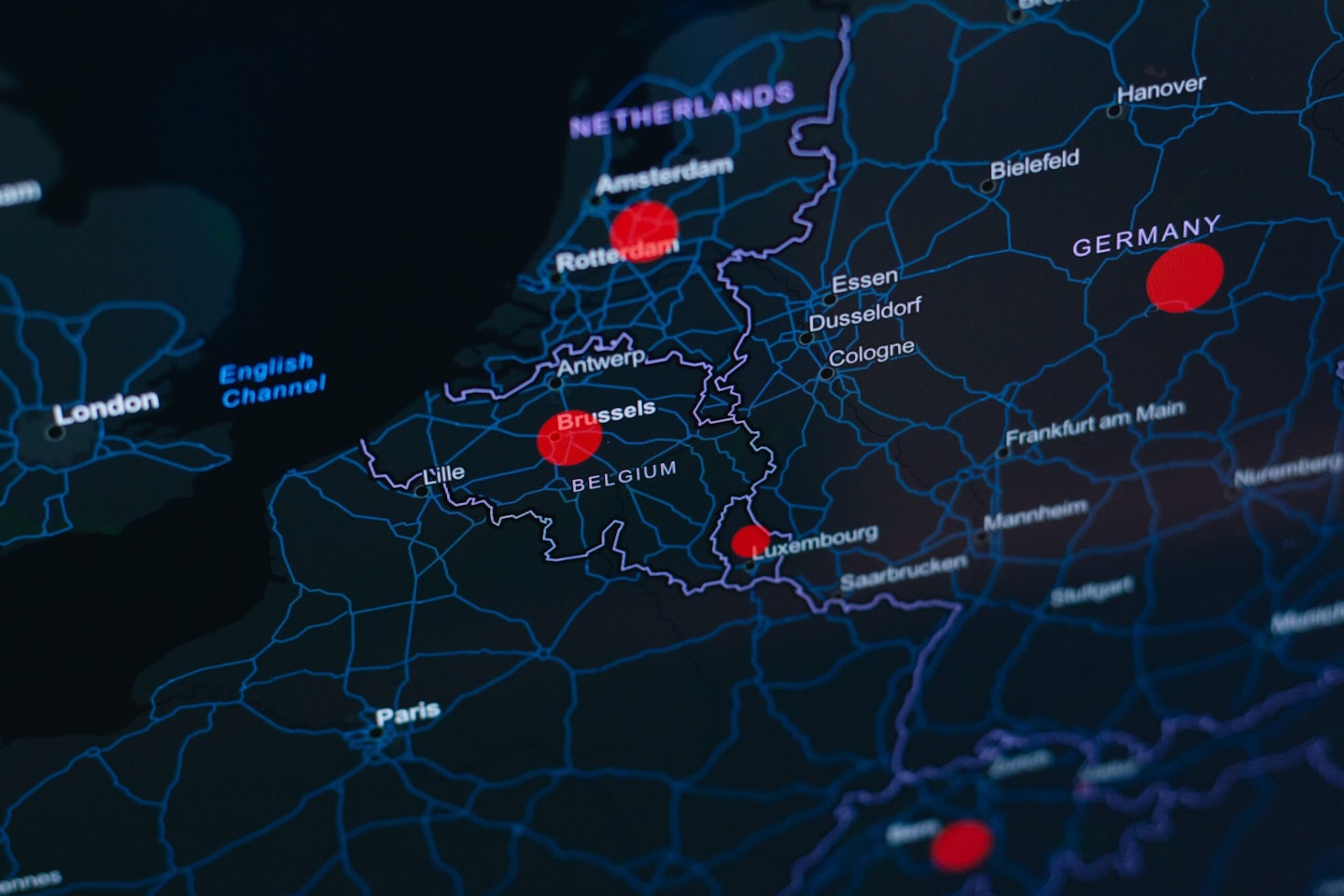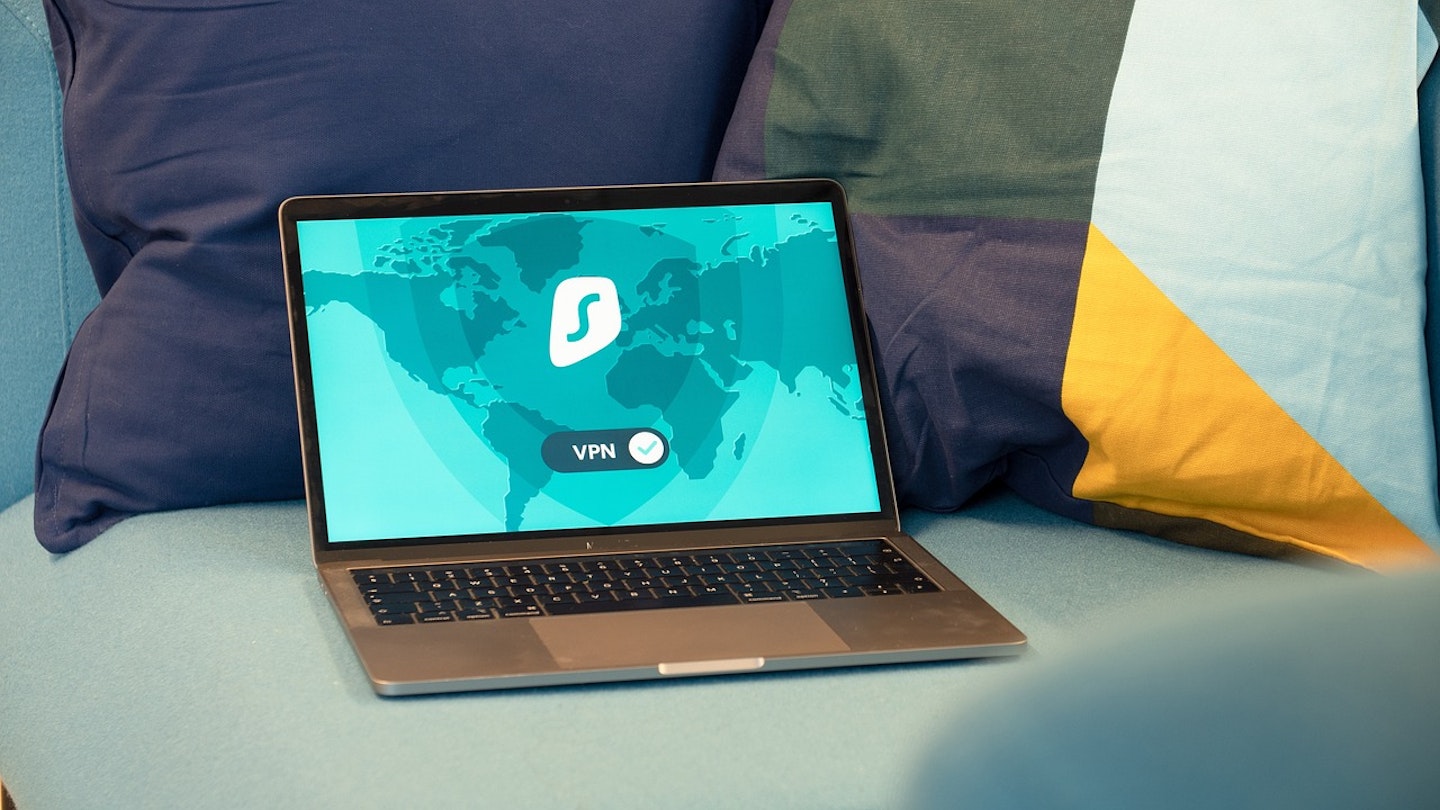Despite being the cutting-edge tool for online privacy and security, Virtual Private Networks also offer another unique little benefit. A VPN changes your IP address as one of the methods of masking your internet presence, while they’ll do this automatically, you can actually manually do it too. This is where the exciting part comes in. When you change the IP address yourself, the best VPNs will make you choose a country for this IP. Whichever country you set your IP to; you’ll have access to region-specific content.
An example of this would be if you’re situated anywhere other than the UK, but you want to watch BBC iPlayer or ITVX. Another popular thing to do is use a VPN for Netflix to access the content available in other countries. Changing your IP address to nother country location will bypass geo-restrictions like they were never there. While this might feel a little cheeky, it’s totally legal and above board.
The How

Picture it, you’ve just gotten your VPN and you’re dying to sink your teeth into some international streaming. How’s it done? There’s no secret, the process is very simple, and it applies to nearly every VPN provider.
Pull up your VPN on the device it’s installed and activated on, there should be a tab that clearly shows where your current IP address is located. Some providers use a map interface to display this as well. Once you click on this tab it should present you with a long list of server locations, there may be a search bar for you to type in a specific country or city.
As soon as you’ve found the preferred server, with it highlighted just click the mouse or tap the screen. Depending on the VPN you’re using, it may now automatically connect to that server and instantly activate. Other providers may require you to reactivate the VPN manually.
Check it's working
Relying on a VPN demands a level of trust between you and the provider, this’ll take a bit of time to get used to when you take your first steps into online privacy, whether you are looking for new content, wanting to bank securely or using a gaming VPN. Trust issues or not, it can never hurt to actually check your VPN is doing what it should be. The most practical way to do this is by actually trying to access regional content, take your VPN for a test drive and see if it’s able to reach the sites it should be.
Another way to do this that’ll actually take less time, would entail double checking your connection using a website that checks your IP. We’d recommend whatismyipaddress.com, simply follow the steps for choosing a server, then head to this site and see where it thinks you are. If it matches, you’re onto a winner.
IP cycling
It’s important to note, some super secure VPN providers have a feature called IP cycling or IP switching. What this does is change your IP address automatically every minute or so. This is used as an added security emplacement as your IP is not only encrypted, but it’s constantly on the move. This is an advanced feature that you can configure in your settings, it’ll be entirely optional too.
Of course, if you have this feature activated, you won’t be able to choose just one server in a specific location. You’ll also run into trouble if you’re accessing regional content and then all of a sudden, your server switches to a country where that content is unavailable.
Jack Barrell is the Commercial Content Writer for VPNs. He's hands-on when it comes to producing best-of articles, how-to guides, and product reviews for Virtual Private Networks. On his off-days, Jack can be found in the gym, at the movies, or flicking through a car mag.
